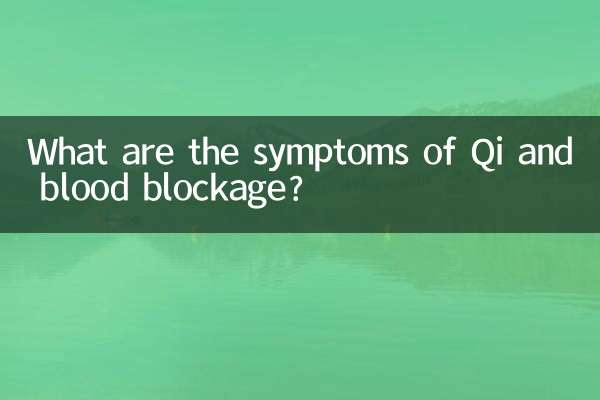What does tuberculosis focus mean?
Tuberculosis (TB) is a chronic infectious disease caused by Mycobacterium tuberculosis. It mainly invades the lungs, but can also involve other organs. Pulmonary tuberculosis lesions refer to local lesions in the lungs caused by tuberculosis infection, usually manifesting as pathological changes such as inflammation, necrosis or fibrosis. This article will combine the hot topics and hot content on the Internet in the past 10 days to provide a structured analysis of the definition, symptoms, diagnosis, and prevention of tuberculosis lesions.
1. Definition and pathological characteristics of pulmonary tuberculosis lesions

Pulmonary tuberculosis lesions are specific lesions formed in the lungs after tuberculosis infection. The pathological process can be divided into the following stages:
| stage | Pathological features |
|---|---|
| Exudation period | Inflammatory exudation in the alveoli, mainly neutrophils and lymphocytes |
| proliferative phase | Formation of tuberculous granulomas (nodules) with central caseous necrosis |
| fibrosis stage | Absorption or calcification of the lesion, and proliferation of surrounding fibrous tissue |
2. Epidemic trend of tuberculosis (hot data in the past 10 days)
Based on recent public health reports, global tuberculosis prevention and control still faces challenges:
| area | New cases (cases) | hot events |
|---|---|---|
| Southeast Asia | 12,800 | The proportion of drug-resistant tuberculosis rises to 4.1% |
| Africa | 9,500 | HIV co-infection rate exceeds 30% |
| China | 3,200 | Cluster cases in colleges and universities attract attention |
3. Typical symptoms of pulmonary tuberculosis lesions
Patients may present with the following clinical manifestations:
| Symptom type | Specific performance | incidence |
|---|---|---|
| respiratory symptoms | Cough for ≥2 weeks, hemoptysis, chest pain | 78% |
| systemic symptoms | Low-grade fever, night sweats, fatigue, weight loss | 65% |
| Special groups | Growth retardation in children and atypical manifestations in the elderly | twenty three% |
4. Diagnostic methods and technological progress (recent hot spots)
The latest diagnostic criteria recommended by the World Health Organization in 2023:
| Check method | Advantages | Detection rate |
|---|---|---|
| GeneXpert MTB/RIF | 2-hour rapid detection, simultaneous identification of drug resistance | 92% |
| CT scan | Clearly display the scope and characteristics of lesions | 89% |
| Artificial Intelligence Assisted Diagnosis | Automatic analysis of chest X-ray lesions (recent research hotspot) | 94% |
5. Prevention and control strategies and public health recommendations
Based on the current hot spots of tuberculosis prevention and control, the following suggestions are put forward:
| measure | Specific content | Implementation points |
|---|---|---|
| Vaccination | Bacillus Calmette-Guérin (BCG) neonatal vaccination | Protection rate 50-80% |
| DOTS strategy | directly supervised short course chemotherapy | Standardized medication for 6-9 months |
| Screening of high-risk groups | Close contacts, HIV-infected persons | PPD test/gamma interferon test |
Conclusion
Pulmonary tuberculosis lesions are the core manifestation of the pathological changes of tuberculosis. With the increase of drug-resistant tuberculosis and the advancement of diagnostic technology, global prevention and control still needs to be strengthened. The recent cluster of cases in colleges and universities prompts the need to pay attention to the risk of transmission in confined spaces, and new technologies such as AI-assisted diagnosis provide new ideas for early detection of lesions. The public should be more vigilant about symptoms such as persistent coughing and unexplained weight loss, and seek medical attention promptly.

check the details

check the details